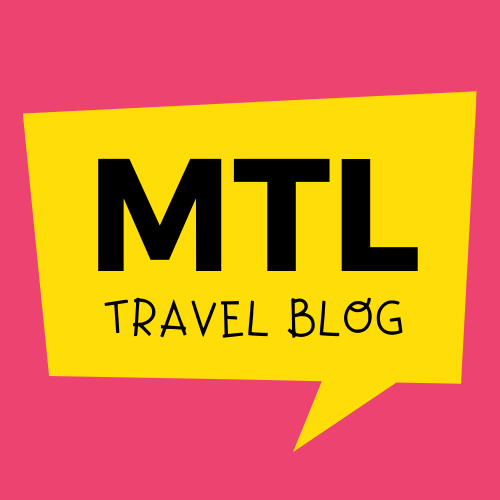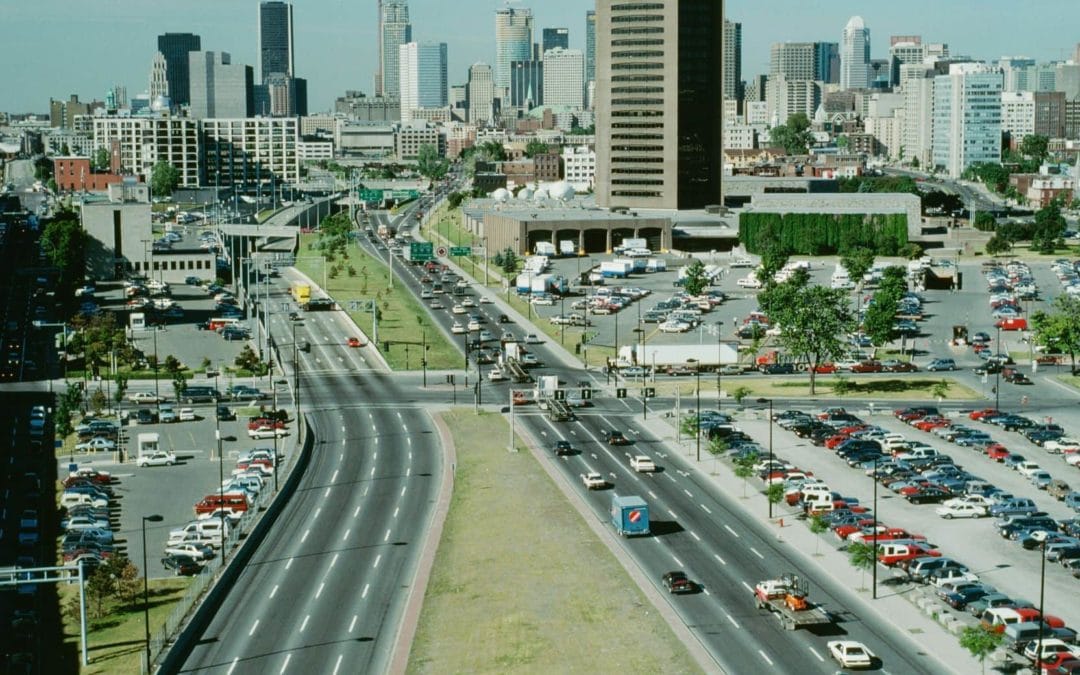Thinking of going on a road trip from Montreal? If you’re planning on driving in or around Montreal, make sure to check our top tips for driving. Depending on where you’re from, you may find it difficult or easy!
Renting a car in Montreal? We recommend Enterprise.
Montreal Driving Rules
Below, you’ll find Montreal driving rules so that you can know what to expect from driving in Montreal. That said, if you’re wondering if it is hard to drive in Montreal – it can be at first, but it’s definitely easier than in some places in Europe.
Drive on the right side of the road
Driving rules in Canada don’t generally vary. In Montreal, just as with all of Canada and the US, driving is always on the right side of the road.
Drivers must wear seatbelts and visitors should also be aware that Montreal speed limits are posted in kilometers per hour rather than miles per hour. For instance, the speed limit in towns and cities is 50km/h, with lower limits in areas such as school zones.
The speed limit is higher on highways, at 100km/h. Speed limits can vary, however, so it’s important to always pay attention to the signage.
Visitors should also note that, though allowed in the rest of Quebec, drivers in Montreal are not permitted to turn right on a red light. Traffic light signs will indicate at what times this prohibition applies.
Regulations for foreigners
When driving in Montreal, visitors are permitted to drive using a foreign driver’s license for a period of 6 consecutive months, providing that the driver’s license is valid and you are only driving the type of vehicle authorized by that license.
For visitors staying in Quebec longer than 6 months, an international driving permit must be held in conjunction with your foreign driver’s license.
This international permit can only be issued in the country where your driver’s license was issued and will be valid for one year. If your foreign driver’s license is written in a language other than English or French, it is recommended that you obtain an international driving permit regardless of the length of your trip.
For those wishing to take up residence in Montreal or Quebec, a Quebec license must be obtained to drive.
French Road Signs
All of the road signs in Montreal and the rest of Quebec are marked in French, and so there are a few terms that would be worth remembering.
Stop signs are marked as ‘ARRÊT’, ‘CONGESTION’ refers to traffic, ‘BLOQUÉ’ means that a road is blocked, ‘EXPY’ is an expressway, and ‘SORTIE’ indicates an exit.
It should also be noted that freeways, or motorways, are called ‘autoroutes’ and indicated on road signs with an ‘A’.
Parking In Montreal
Like every major city, Montreal is notoriously difficult when it comes to parking, particularly if trying to park on the side of the road. Sometimes, your best bet is to find a nearby parking lot.
The benefit of using parking lots is that there are loads of them about in the city centre, though they are pretty pricey. Depending on the individual parking lot, prices can range between $6 and $18 per hour.
For those determined to forego the extra price or need to park further away from the city centre, street parking is possible.
It requires a lot of patience and persistence, and you will probably need to drive around the block a few times before seeing an opening, but it can be done. It should also be noted that street parking costs around $3 per hour.
Visitors should be aware that parking is particularly difficult during the winter. During snow removal operations in Montreal, there will be signs to indicate ‘no parking’ periods.
However, during these snow removal periods, the city offers free parking at night in collaboration with Stationnement de Montreal.
Driving In Montreal During Winter
Driving in Canada during the winter can be very treacherous, with black ice, heavy snow, and white-out visual conditions.
In all of Quebec, vehicles must be equipped with winter tires during the winter months, and snow or tire chains may be necessary if driving through the mountains.
In most cases, it is recommended to take public transport or forego transport whenever possible during the winter, but those that are determined to drive should take some precautions.
Ensure that your car is equipped with an emergency kit, including a flashlight with spare batteries, a blanket, ice scraper and de-icer, warm clothes, a first aid kit, and a shovel.
Even more important is to ensure that you have a fully-charged mobile phone and a portable battery charger, as well as having any local emergency number saved. In case of emergency, the Canadian Automobile Association can provide assistance in the case of a breakdown.
Final Thoughts On Montreal Driving
Driving in Montreal can be a challenge. During summer, you’ll see many pedestrians, cyclists – and construction. Although, the winter comes with its challenges too. Think of fewer parking spots and snowy and icy roads.
When we had a bunch of one-way roads – it gets tricky.
Depending on where you’re from, you may think it’s easy or challenging. For example, those from a small town might struggle to drive in Montreal while those from Europe will think it’s fairly easy.


